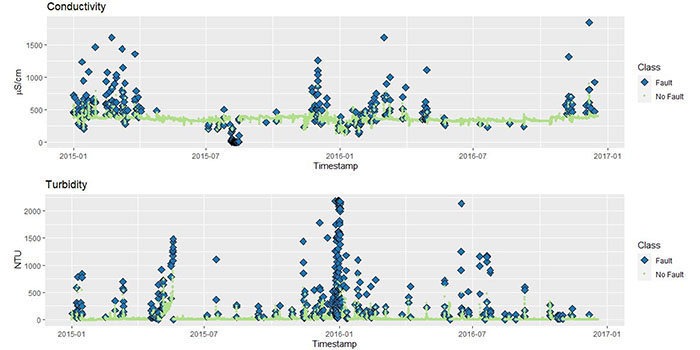The digital environment, data lakes, a data deluge and the digital landscape
How Analytics at University of Glasgow is helping tackle droughts and water resources in Scotland.
With funding from the Natural Environment Research Council (NERC) (award reference NE/T005564/1), Marian Scott, Claire Miller and Surajit Ray have been working with colleagues from the Scottish Environment Protection Agency (SEPA) and Censis to instrument the Elliott water catchment with new sensor technology to monitor water levels and soil moisture.
We are using sensor technology and working with farmers to help them benefit from this technology to manage water abstractions, to minimise the pressure on the water source by understanding how much water is in the river and how dry their land is.
Forty sensors are being deployed in the catchment, close to the town of Arbroath. River level and soil moisture, rainfall, temperature and humidity are also measured. We have explored different spatial sampling strategies to assess optimal placement of the sensors and also how to communicate data from the sensors via a cloud based platform.

The image above shows some of the output from preliminary QA of sensor data from one of the locations we are studying. We show two environmental variables; conductivity and turbidity.
Once the sensors are operational, data are streamed to the cloud and then the work of the analyst begins. The first step is to quality assure (checking for gaps, anomalies and evidence of other malfunctions in terms of power and communication) the data streams. Statistically, we are using process control charts but also modifying discontinuity detection methods to detect shifts in levels. Since the sensors are located in the same catchment, they are spatially dependent, and we also use time series regression models to identify anomalies before developing spatio-temporal functional models for visualisation and nowcasting.
Work on how to visualise the sensor data in a Shiny app is being undertaken with the goal being to produce a dashboard useful for managers and farmers alike.

